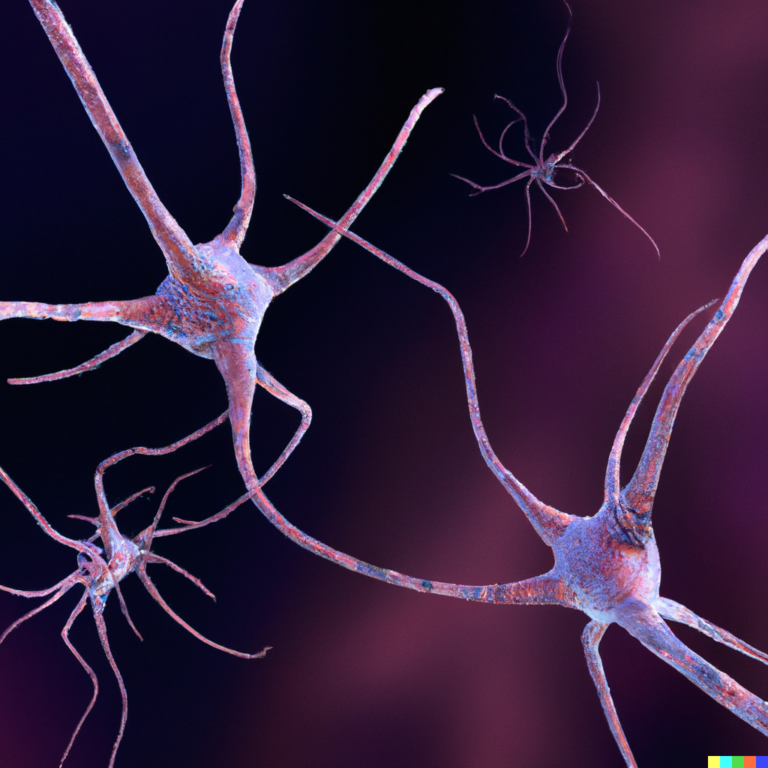### Exosomes as Biomarkers in Alzheimer’s Disease
Alzheimer’s disease (AD) is a complex condition that affects millions of people worldwide. One of the biggest challenges in diagnosing and treating AD is the lack of reliable and early biomarkers. Biomarkers are substances that can be measured to indicate the presence or progression of a disease. Recently, researchers have been exploring a new type of biomarker called exosomes, which hold great promise for diagnosing and understanding Alzheimer’s disease.
### What are Exosomes?
Exosomes are tiny, membrane-bound particles that cells release into the bloodstream or other bodily fluids. They are like tiny messengers that carry information from one cell to another. In the context of Alzheimer’s disease, exosomes can carry specific molecules, such as microRNAs (miRNAs), that are associated with the disease.
### How Do Exosomes Work as Biomarkers?
In Alzheimer’s disease, certain miRNAs are found in higher levels in the cerebrospinal fluid (CSF) and blood of patients compared to healthy individuals. These miRNAs, such as miR-501-3p and miR-502-3p, are like flags that indicate the presence of the disease. Studies have shown that these miRNAs are upregulated in the CSF exosomes of Alzheimer’s patients, suggesting that they could serve as early biomarkers for the disease[1].
### The Role of Exosomes in Alzheimer’s Disease
Exosomes play a crucial role in the progression of Alzheimer’s disease. They can carry proteins and miRNAs that contribute to the formation of amyloid plaques and neurofibrillary tangles, which are hallmarks of the disease. Additionally, exosomes can influence the gut microbiota, which is also linked to cognitive impairment in Alzheimer’s patients[3].
### Potential Applications of Exosome Biomarkers
The discovery of exosome biomarkers for Alzheimer’s disease has significant implications for diagnosis and treatment. Here are a few potential applications:
1. **Early Detection**: Exosome biomarkers could help diagnose Alzheimer’s disease at an early stage, when the disease is more treatable.
2. **Monitoring Progression**: These biomarkers could be used to monitor the progression of the disease, allowing for more effective treatment plans.
3. **Personalized Medicine**: By analyzing the specific miRNAs carried by exosomes, doctors might be able to tailor treatments to individual patients based on their unique biomarker profiles.
### Conclusion
Exosomes are tiny but powerful messengers that hold the key to understanding and diagnosing Alzheimer’s disease. The discovery of specific miRNAs in exosomes offers a promising new avenue for early detection and monitoring of the disease. As research continues to uncover the complexities of exosome biology, we may see the development of more effective treatments and diagnostic tools for Alzheimer’s disease.
In summary, exosomes are not just tiny particles; they are potential game-changers in the fight against Alzheimer’s disease. By harnessing the power of these tiny messengers, we can move closer to a future where early detection and personalized treatment become a reality.





